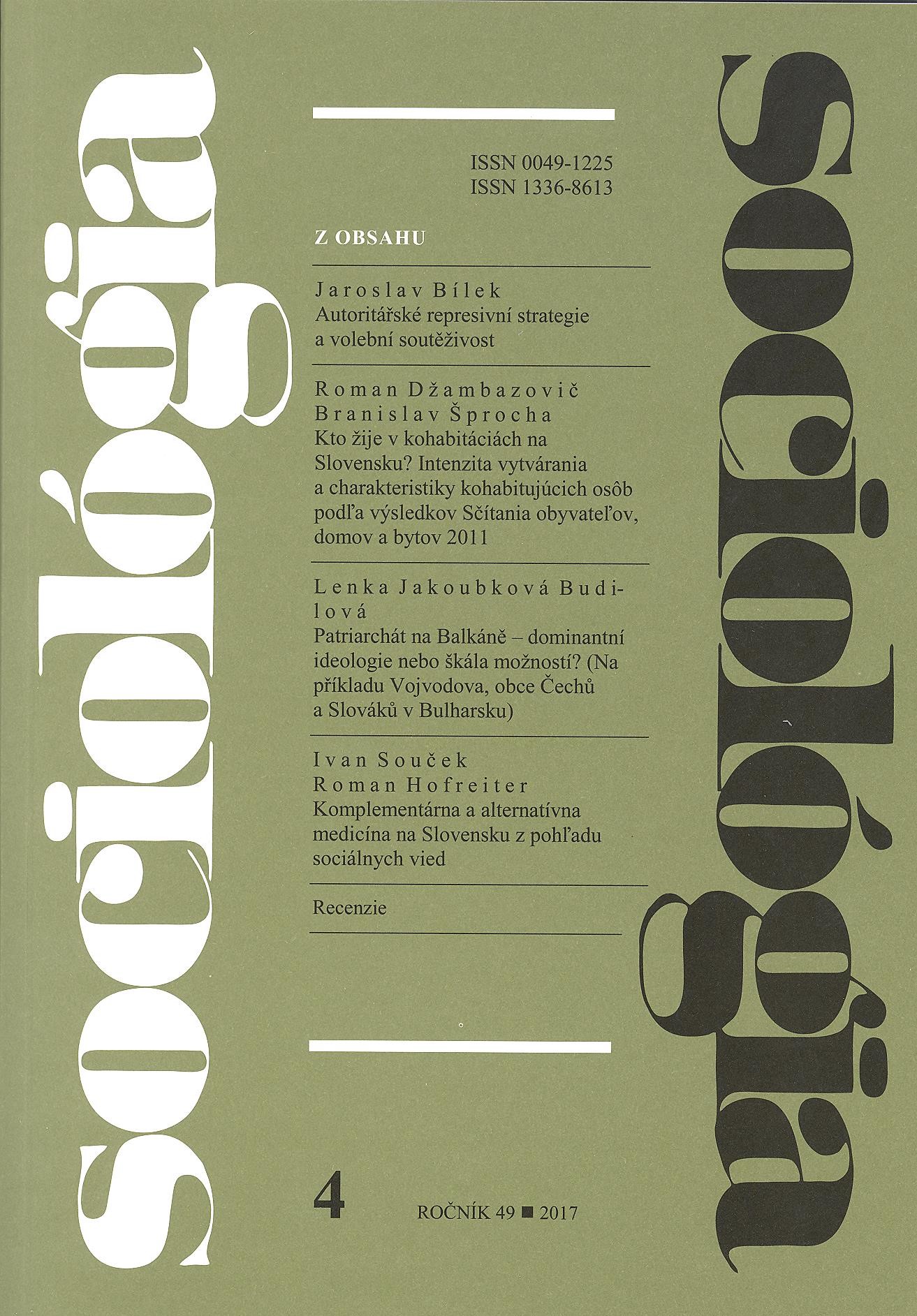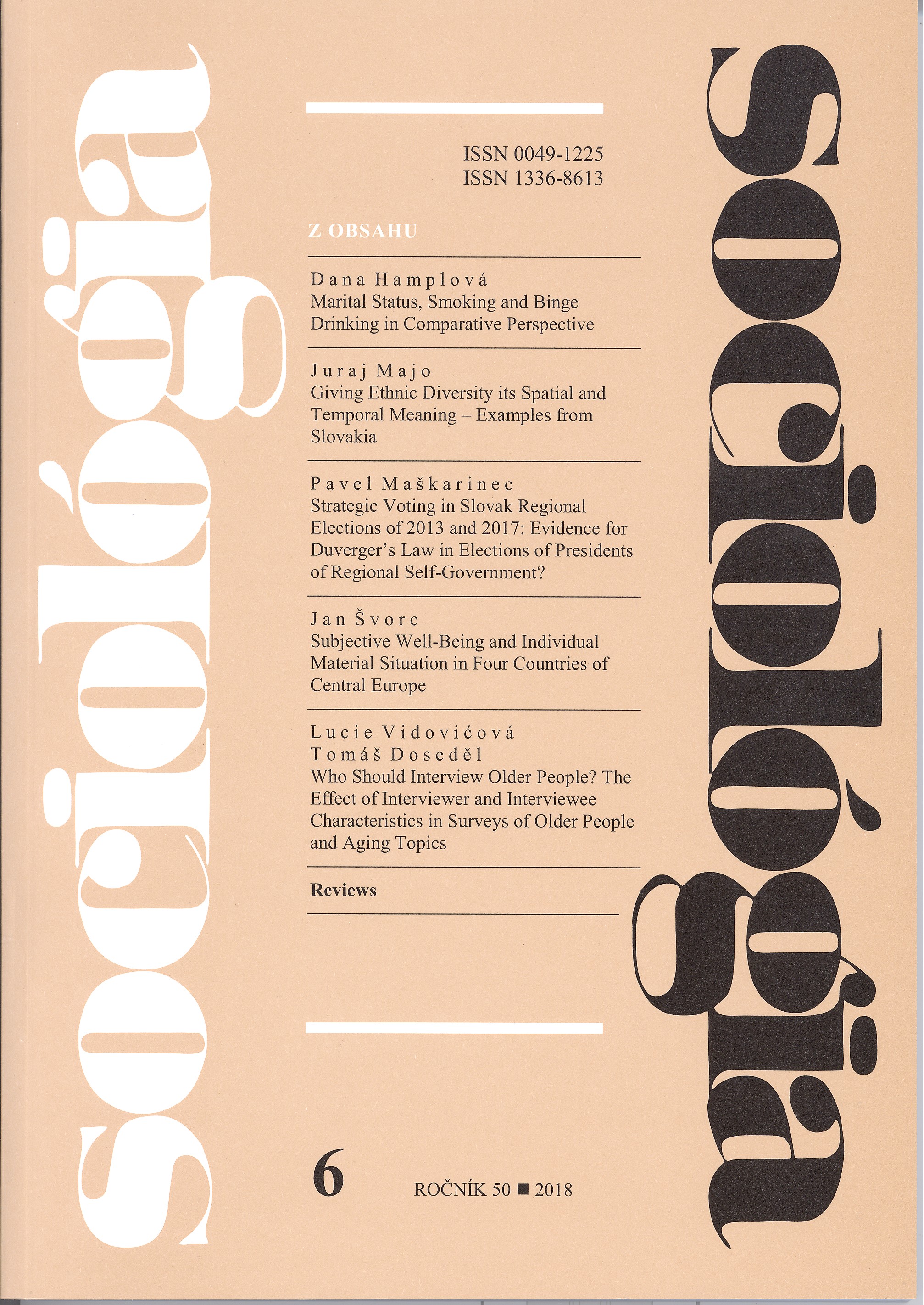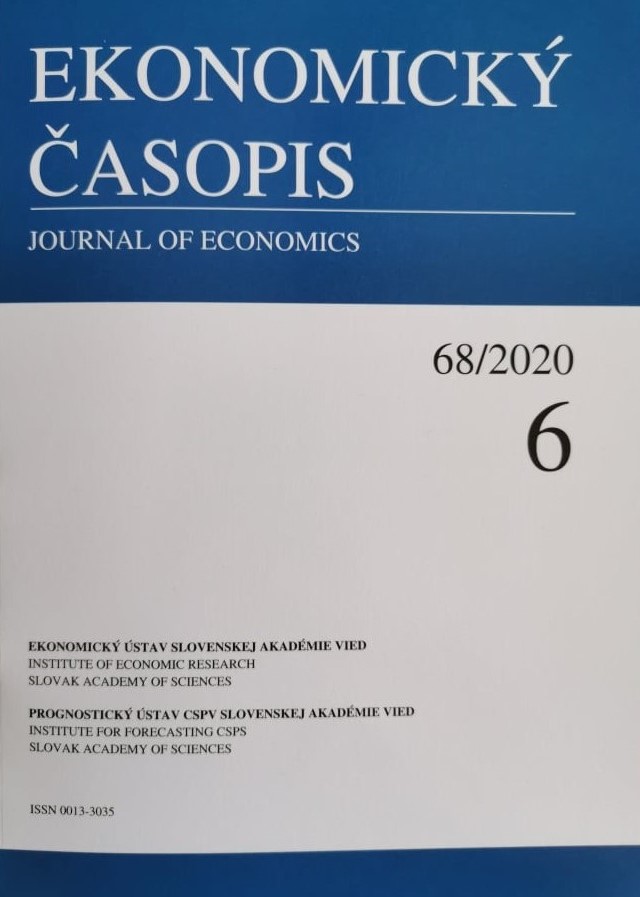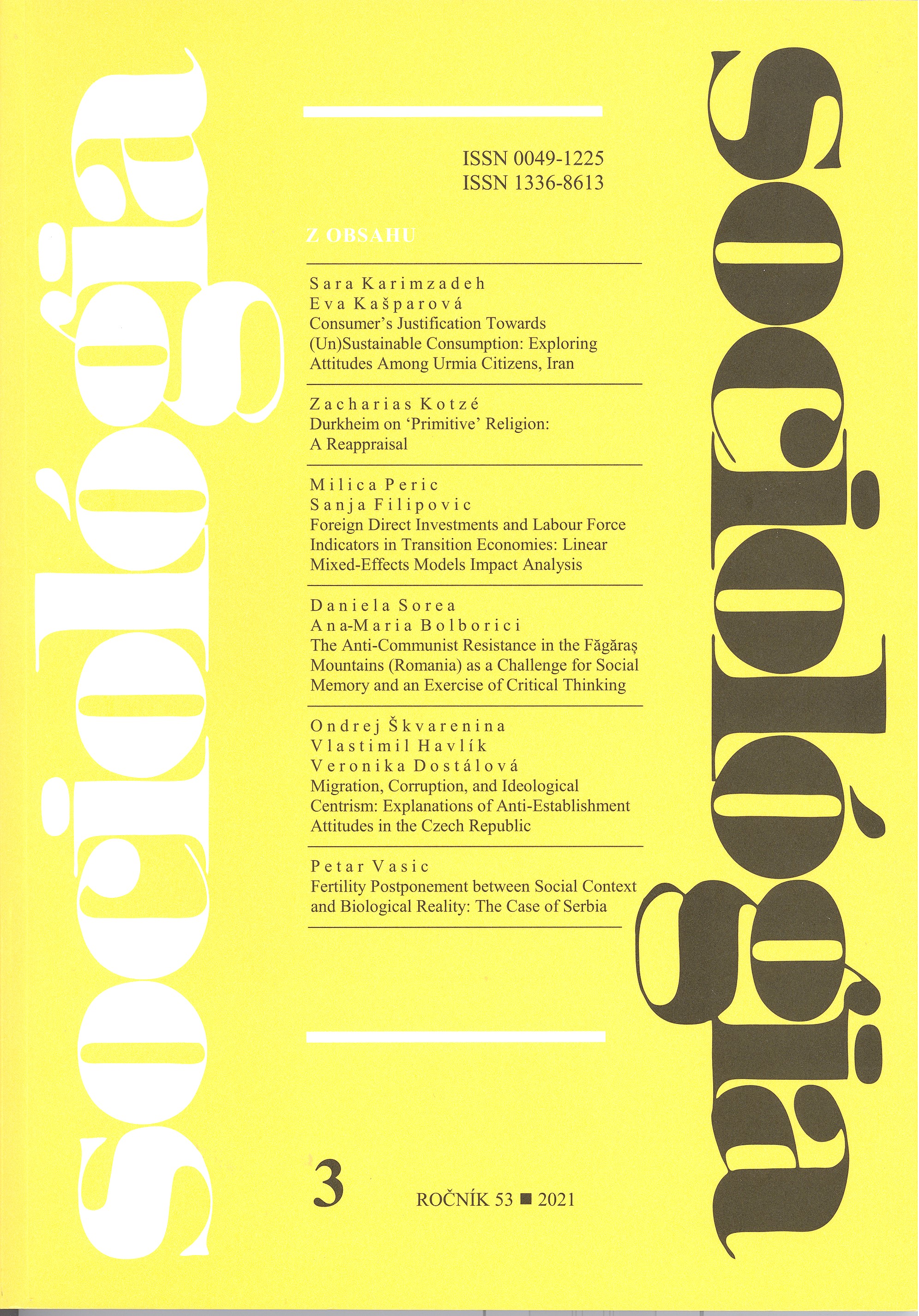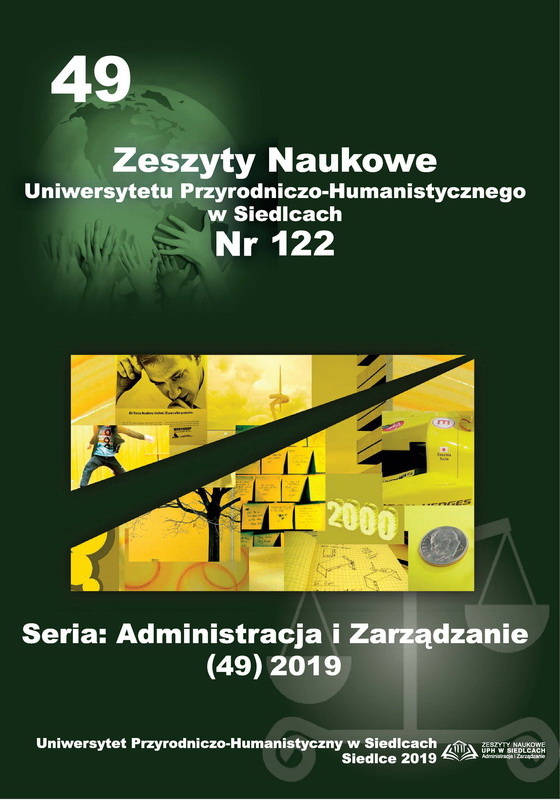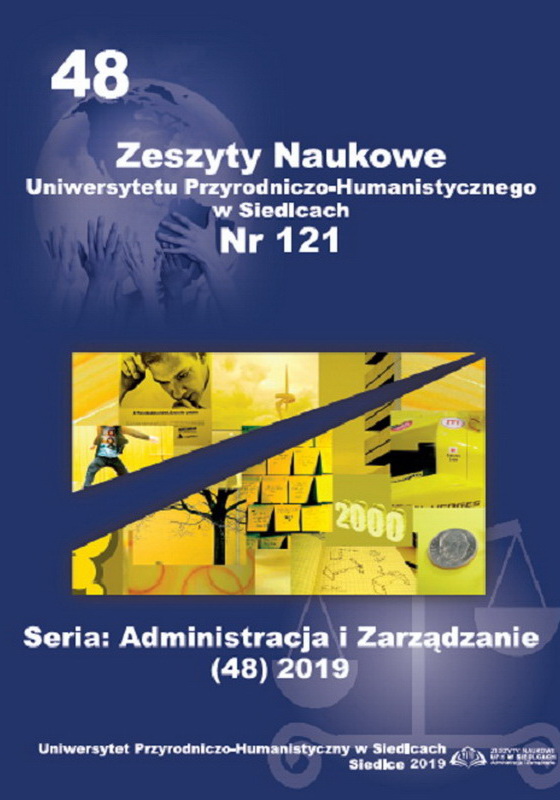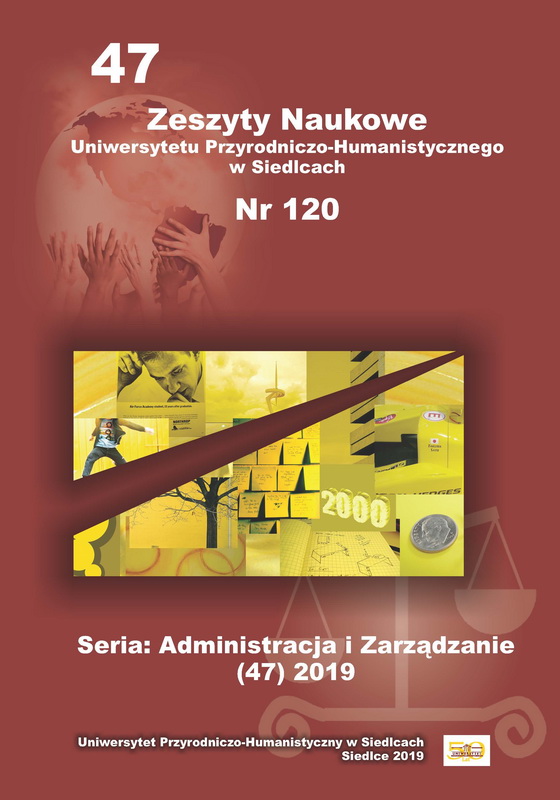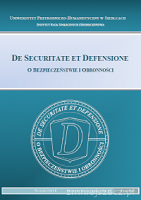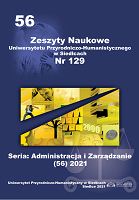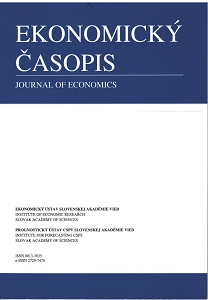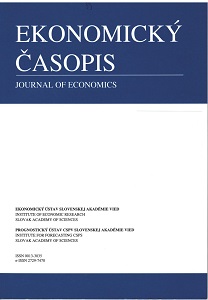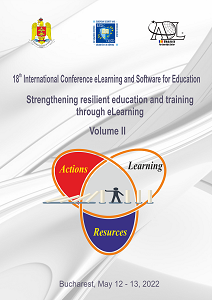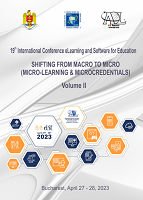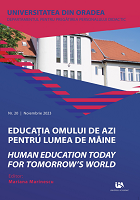
Geographical Patterns in the Intra-European Migration before and after Eastern Enlargement: The Connectivity Approach
This paper analyses spatial patterns in intra-European migration flows in the periods 1997 – 2004 and 2005 – 2013. The paper uses network analysis, and regression and factor analysis in order to establish the major determinants of the spatial patterns exhibited by intra-European migrant stocks. The EU’s Eastern enlargement generated vast East-West migrant flows and prompted a particular reconfiguration of the migration network. The basic topology of the network, however, did not change across the two observed periods: The whole network remains dominated by a ‘rich club’ structure. The topology of the network was seen to rely on a complex and stable set of long-term institutions, such as culture and language structures, and/or established pathways of trade in goods and knowledge.
More...
